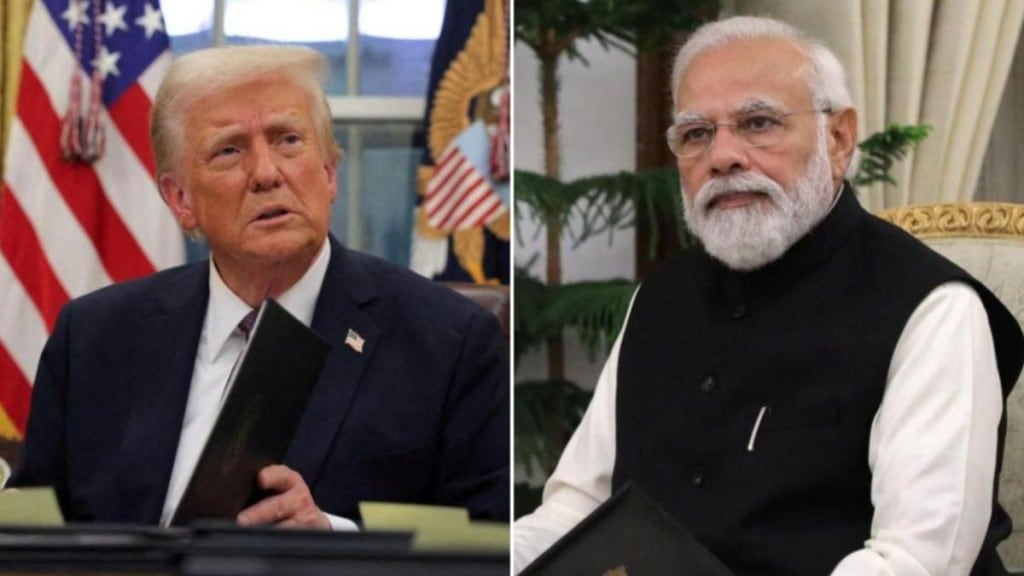US President Donald Trump on August 6 announced an additional 25% tariff on all imports from India, effectively doubling the existing rate to 50%. The move, described by India as “unfair, unjustified and unreasonable”, is officially being positioned as a penalty for India’s continued energy imports from Russia.
The impact could be more than just diplomatic. Investment banking giant Goldman Sachs warned on Thursday that this tariff hike could shave off about 0.6 percentage points from India’s real GDP growth. The timing of the announcement comes as a surprise, given that both countries were reportedly within “striking distance” of finalising an interim trade deal before August 1. Interestingly, India was among the first nations to engage with the US administration over trade.
So, what went wrong?
Until last month, the two sides were engaged in constructive negotiations. India showed readiness to make sectoral concessions and the US appeared cooperative. Until last-minute political hurdles in Washington derailed the process.
An Indian Express report quoting sources stated that while Indian negotiators engaged in the talks in good faith, American negotiators sometimes backtracked due to a lack of political clearance. “It has happened that US officials agreed on some issues but later changed their stance. At times, they have even been apologetic about this,” the source told IE.
The sudden imposition of tariffs suggests the move may be less about punishing India for buying Russian oil and more about using pressure tactics to arm-twist New Delhi into a trade agreement that better suits US interests. Notably, countries like China and members of the European Union also continue to import Russian energy, yet have not been penalised in the same manner.
So how is India planning to respond?
Officially, the government has refrained from public criticism (except for a statement issued by MEA on Aug 6) of Trump or his policies, choosing instead to pursue what sources describe as a “middle path” strategy. The approach involves resisting pressure while keeping diplomatic channels open, without escalating tensions publicly. The IE report quoted sources describing the approach as “quiet non-submission”.
A source familiar with the matter told Indian Express, “There are two categories of countries dealing with Trump. One group, like Pakistan and Bangladesh, has caved to pressure. Another, like China and Canada, has openly retaliated. India is somewhere in between.”
Behind the scenes, Indian diplomats are working to keep communication lines with Washington open while preparing for prolonged uncertainty. At the same time, New Delhi has made it clear that it will not be dictated to on matters of sovereignty, especially when it comes to strategic relationships with countries like Russia or its membership in multilateral forums such as BRICS.
What happens from here remains uncertain as of now. Whether India’s strategy of waiting out the phase will succeed in softening Trump’s stance or whether we will be forced to seek retaliatory options remains to be seen. However, what remains clear is New Delhi’s strategy of calm resistance without compromise on sovereignty.

